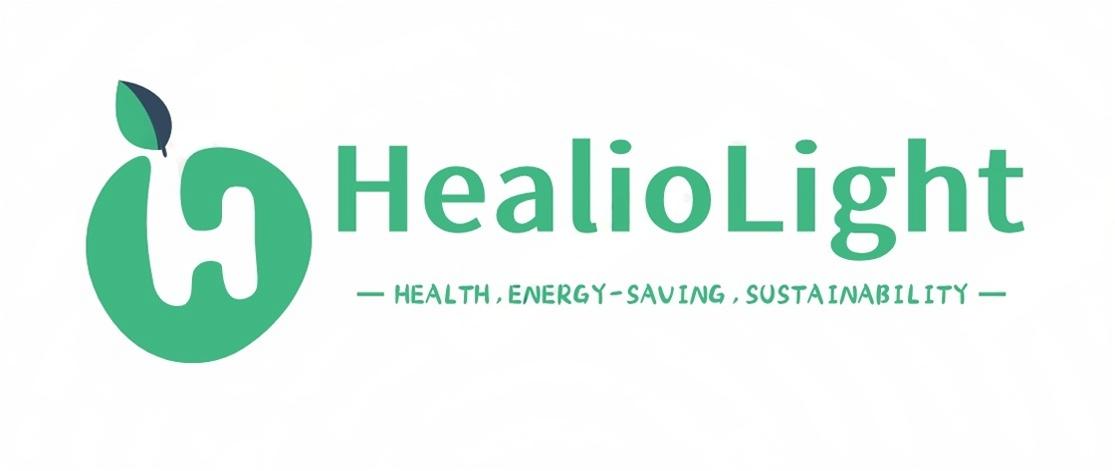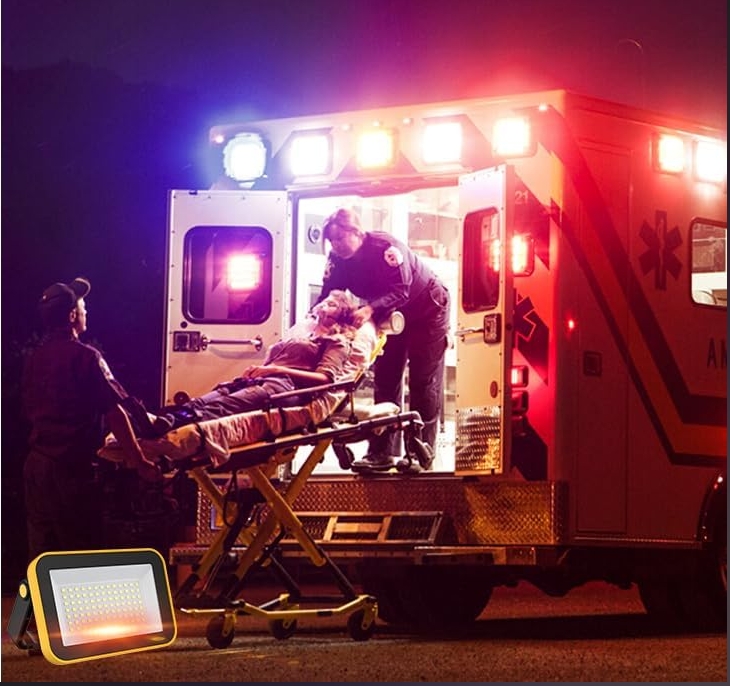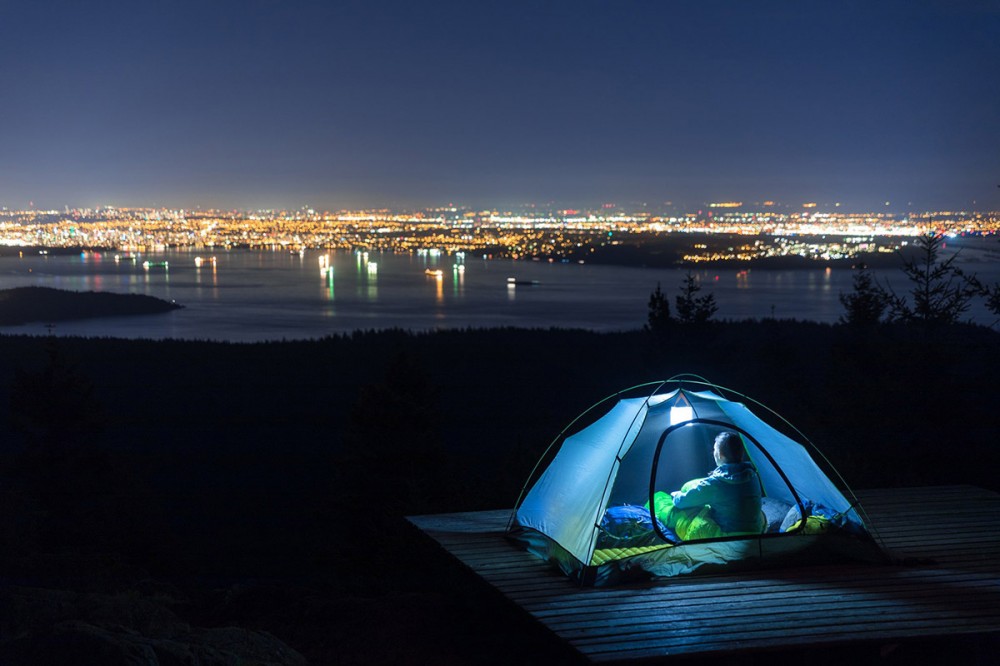Lighting Comparison: LED vs High Pressure Sodium/Low Pressure Sodium 2
What’s the Major Upside to LED Lights?
There are four major advantages to LED lighting:
1.LEDs have an extremely long lifespan relative to every other lighting technology. New LEDs can last 50,000 to 100,000 hours or more. The typical lifespan for a fluorescent bulb, by comparison, is 10-25% as long at best (roughly 10,000 hours).
2.LEDs are extremely energy efficient relative to every other commercially available lighting technology. There are several reasons for this to include the fact they waste very little energy in the form of infrared radiation (much different than most conventional lights to include fluorescent lights), and they emit light directionally (over 180 degrees versus 360 degrees which means there are far fewer losses from the need to redirect or reflect light).
3.Very high light quality.
4.Very low maintenance costs and hassle.
What are Minor Upsides to LED Lights?
In addition to the major advantages, LED lights also offer several smaller perks. These include the following:
1.Accessories: LEDs require far fewer accessory lamp parts.
2.Color: LEDs can be designed to generate the entire spectrum of visible light colors without having to use the traditional color filters required by traditional lighting solutions.
3.Directional: LEDs are naturally directional (they emit light for 180 degrees by default).
4.Size: LEDs can be much smaller than other lights.
5.Warm-Up: LEDs have faster switching (no warm-up or cool-down period).
What’s the Downside to LED Lights?
Considering the upside you might think that LED lights are a no-brainer. While this is increasingly becoming the case, there are still a few tradeoffs that need to be made when you choose LED:
In particular, LED lights are relatively expensive. The up-front costs of an LED lighting project are typically greater than most of the alternatives. This is by far the biggest downside that needs to be considered. That said, the price of LEDs are rapidly decreasing and as they continue to be adopted en masse the price will continue to drop. (Don't give up if you received an expensive proposal to upgrade to LEDs. Our value engineering service can help.)
Where is LED Commonly Used?
The first practical use of LEDs was in circuit boards for computers. Since then they have gradually expanded their applications to include traffic lights, lighted signs, and more recently, indoor and outdoor lighting. Much like fluorescent lights, modern LED lights are a wonderful solution for gymnasiums, warehouses, schools and commercial buildings. They are also adaptable for large public areas (which require powerful, efficient lights over a large area), road lighting (which offer significant color advantages over low and high pressure sodium lights), and parking lots. We also have a blog post with an interesting take on the history of street lighting in the United States.
Why LEDs Put Sodium Vapor Lights Out of Business?
Sodium lamps have the worst color rendering of any bulb. They produce a dark yellow glow which is generally a very low quality light. Additionally, there are serious waste disposal issues with sodium lamps. In particular, they have been known to start fires in the event that the lamp is broken and the sodium metal is exposed. The sodium can catch fire even in the event that the lamp is broken on the ground. For this reason it is safest to break sodium lights under water and then to subsequently dispose of the destroyed bulb. Lastly, HPS and LPS lights are monochromatic, so they can mess with your color vision if you look at them for an extended period of time.
Perhaps more importantly, in the last few years LED efficiency has surpassed that of even LPS and HPS lights and its efficiency improvements are progressing at a much more rapid rate. The largest selling point of LPS and HPS lights is the cheap selling price, the high energy efficiency (low operating costs), and the relatively long lifespan. LPS and HPS still retain these advantages over most conventional bulbs but they lose on all three counts to LEDs. In some areas (e.g. lifespan) they are drastically inferior to LEDs. The extremely low maintenance and replacement costs with LEDs is actually a major cost benefit over the long term. LED lifespan can be greater than 100,000 hours (more than four times that of LPS or HPS). Having to purchase one bulb versus three or four bulbs over the course of time is a significant selling point for LEDs. The bottom line is that having lost their traditional advantage of being the most energy efficient bulb on the market, there’s very little reason to use a sodium vapor light when LED lighting is available.
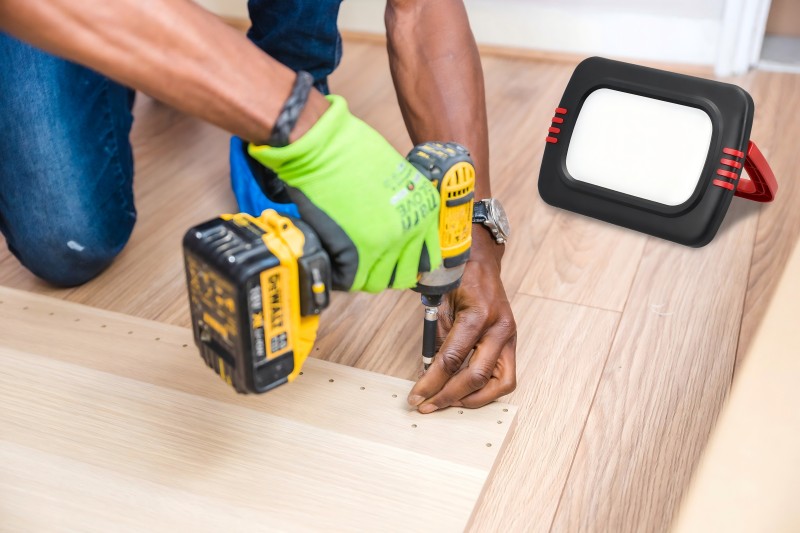 Lighting Comparison: LED vs High Pressure Sodium/Low Pressure Sodium 2
Lighting Comparison: LED vs High Pressure Sodium/Low Pressure Sodium 2
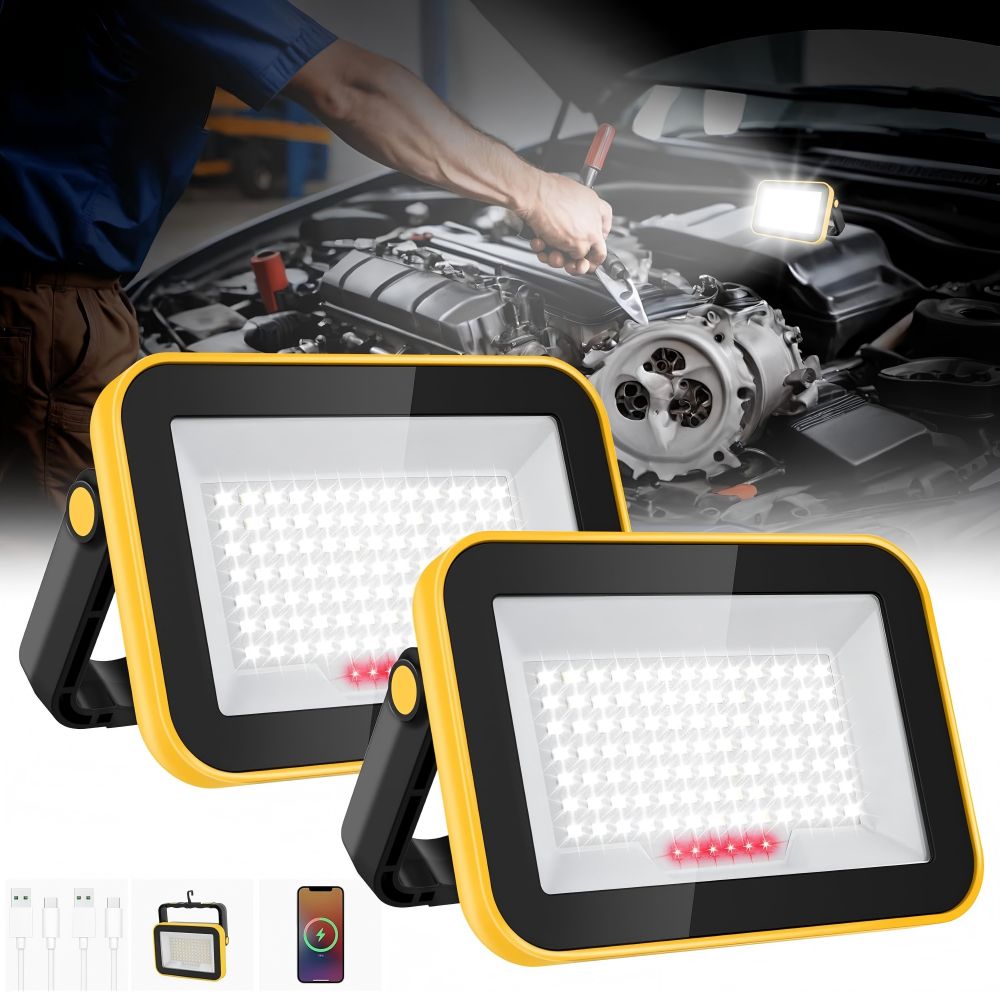 Lighting Comparison: LED vs High Pressure Sodium/Low Pressure Sodium 1
Lighting Comparison: LED vs High Pressure Sodium/Low Pressure Sodium 1
